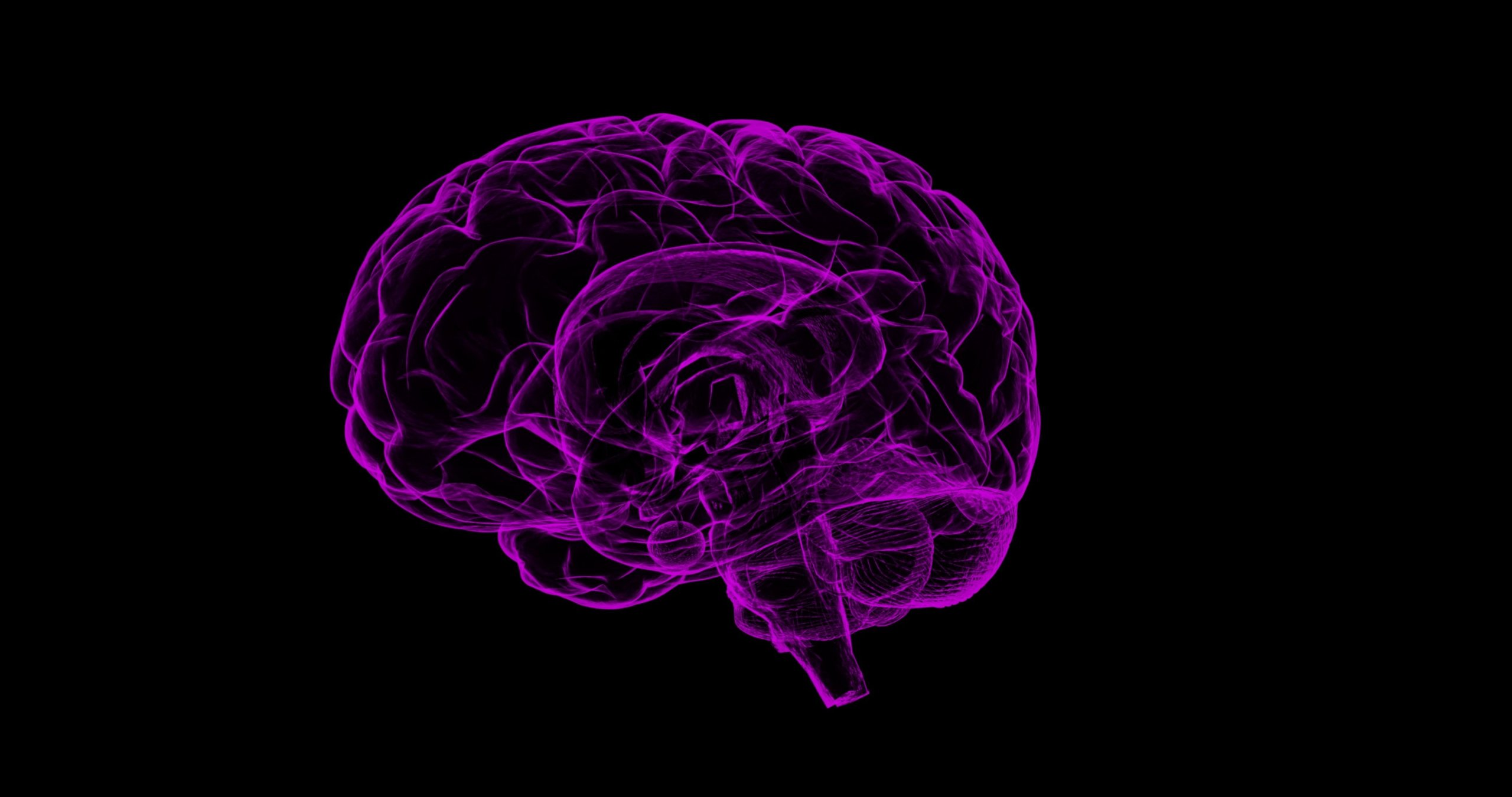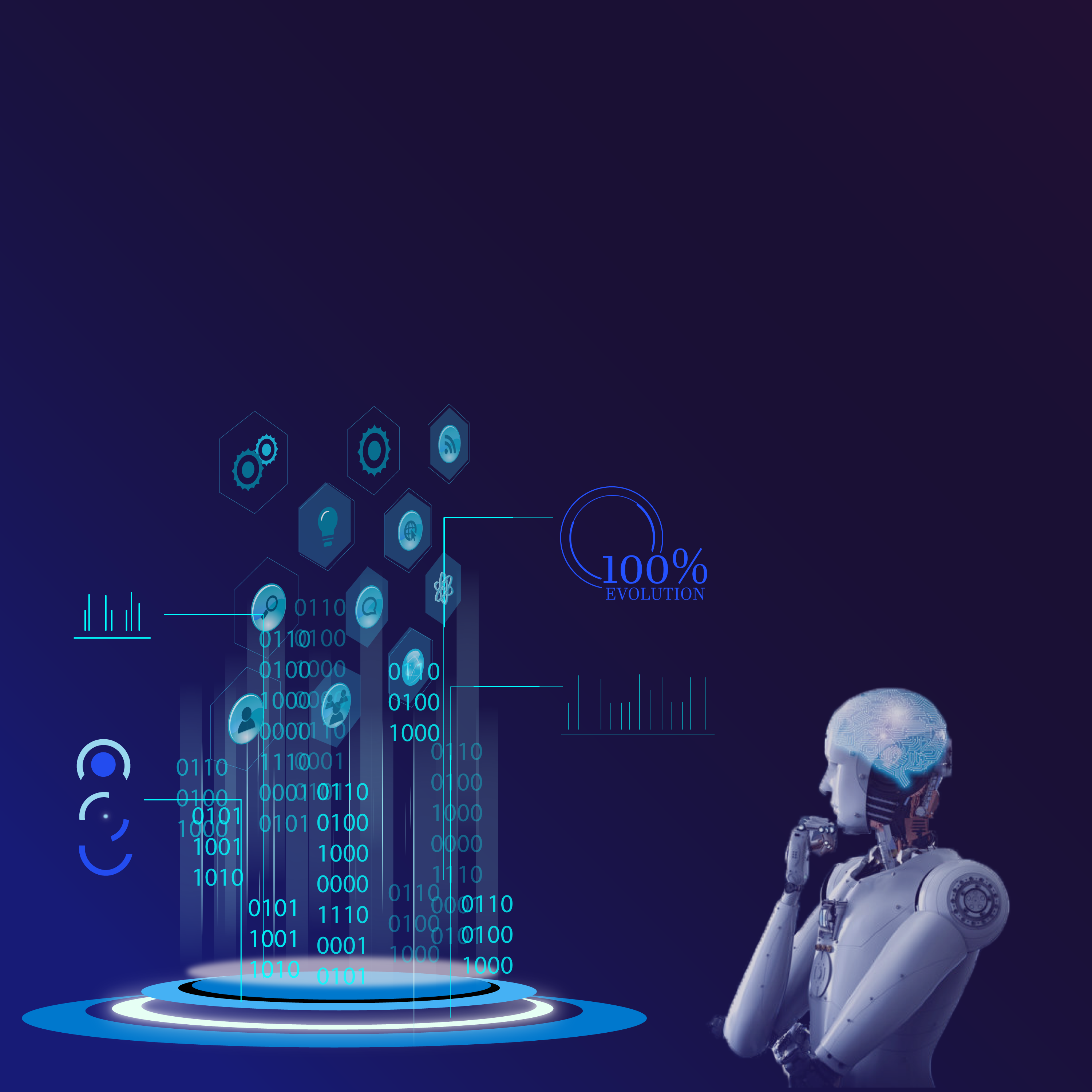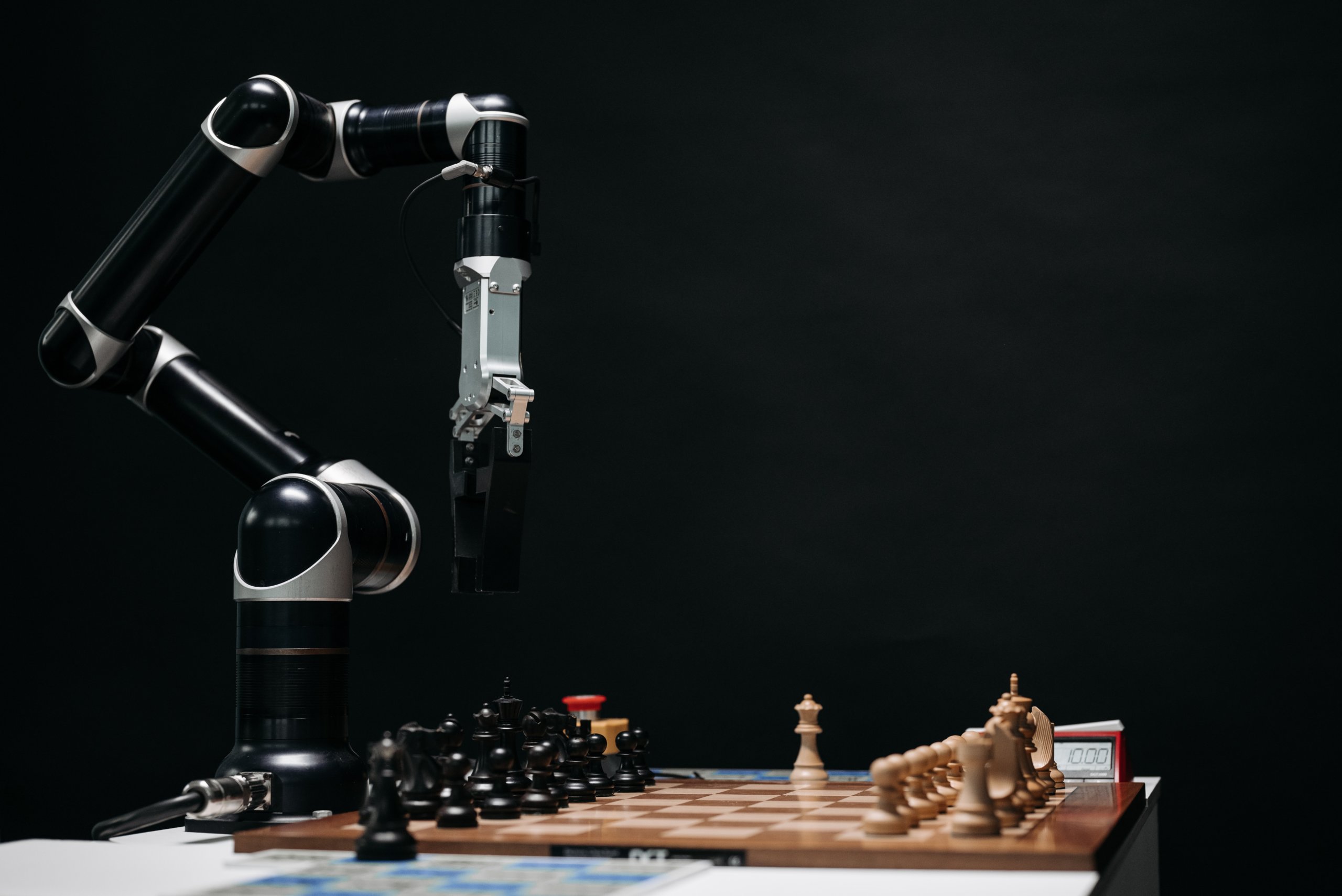
Artificial intelligence (AI) and machine learning are both big buzzwords in the tech industry. But they’re often erroneously used interchangeably. At its core, AI comes from the field of computer science. On the other hand, machine learning is actually a subset of AI.
So while the two subjects are inherently related, they are certainly not the same. From a simplified perspective, you could say that all machine learning is AI. But not all AI counts as machine learning.
In this post, we’ll cover some of the main differences and similarities between AI and machine learning, what each one does, and how they function together.
A Brief Overview of AI
As we’ve mentioned, AI is a component of computer science. More specifically, it focuses on computer systems that can perform tasks with similar or superior intelligence to that of a human being. Such tasks include but are not limited to language processing, decision making, and object detection.
While AI development dates back a few centuries, it really only became viable in the 1900s and took off in the 1950s. It was around this era when Alan Turing, now known as the father of AI, created the Turing Test, a test of a machine’s ability to match a human counterpart’s.
From this point onward, AI would steadily advance with each passing decade. From industrial robots to augment manufacturing in the automotive industry to interactive communication programs, each AI development has brought us one step closer to the intelligent depictions we often see in science fiction.
As AI’s abilities and use cases have expanded, it has become ubiquitous in our society, so much so that we often overlook the role it plays in various day-to-day processes.
AI Use Cases
In an effort to elucidate the difference between AI and machine learning, let’s examine some of the most common AI applications we have today.
Robotics
Manufacturing facilities, hospitals, and retail stores are just some of the places enjoying the benefits of AI-powered robotics. In manufacturing, AI is now being used to ensure the assembly line robots are moving at an efficient pace. In retail, it’s now common for robots to help with stocking shelves, taking inventory, and reporting findings back to a human manager. And in hospitals, robots are now assisting surgeons with operations like heart surgery.
EdTech
By helping both students and teachers, AI has secured itself a spot at the forefront of advancements in education. from intelligent tutoring bots to SMART boards, AI is helping instructors deliver a more cohesive learning experience and students to stay on track towards success.
Chatbots
As the world becomes more automated, so do our interactions. If you’ve dealt with a company’s customer service in the past few years, you’ve probably encountered a chatbot. They’re used for everything from answering basic FAQs about a product to providing purchase recommendations to connecting you with the right human to solve your problem. Beyond this, chatbots have also gained traction as personal assistants since they can help schedule important events and set reminders for you.

A Brief Overview of Machine Learning
While machine learning also deals on the creation of computer systems that can perform as well (if not better) than humans at specific tasks, it differs from AI by focusing more on algorithms, statistical models, and pattern recognition. In turn, this enables computer systems to perform tasks, learn, and continually improve without any explicit instruction or programming needed.
The development of machine learning follows a similar timeline to that of AI. This makes sense since machine learning couldn’t exist without the advent of AI coming first. But at a certain point, their history diverges.
In 1949, IBM computer scientist Arthur Samuel created the company’s first stored-program computer, known as the 701. A decade later, he completed work on a checkers-playing computer program which could independently learn how to play a game via alpha-beta pruning, a machine learning algorithm. Besides this, Samuel also developed a scoring function which calculated each player’s chance of winning based on their pieces’ board positions.

Over time, Samuel designed other ways to improve his checkers program, such as rote learning techniques. Essentially the foundation of machine learning, rote learning is a learning technique that emphasizes repetition and memorization. Basically, it works like this: the more a machine learning program studies and memorizes something, the higher the probability is that it will remember what it has learned.
But how did the other core part of machine learning, prediction, come into play? Well, we have to revisit the scoring function to answer that. Samuel not only trained his program to remember the positions it had previously seen on the checkerboard; it would also remember the value of each position (e.g., center of board, proximity to being kinged, etc.). To refine this attribute, Samuel made the program play against itself repeatedly.
What started as a checkers-playing bot ended up becoming the foundation for modern machine learning.
Machine Learning Use Cases
Similar to our previous section of AI use cases, let’s delve into some of the most popular machine learning applications we have today.
Autonomous Vehicles & GPS Maps
Self-driving cars occupy numerous headlines each day. But they would not be possible without machine learning algorithms using neural networks and computer vision. With these tools in tow, the algorithms can recognize the type of road the car is on, what street signs mean, the color of a stoplight, and if there are any obstructions in the way.
While autonomous vehicles are not exactly widespread yet, machine learning is also being used in an application we’ve all relied on: GPS directions. Machine learning algorithms learn from all of our route patterns to refine the accuracy and efficiency of directions it gives drivers. So if you happen to be in a city like Seattle or Los Angeles and find your GPS giving you different directions than usual, now you know it found out about a possible traffic jam and is helping you avoid it.
Facial Recognition
Because of its extraordinary ability to recognize and learn from patterns, machine learning is present in practically all types of biometric authentication. This form of security and identification relies on physical characteristics like your eyes, fingerprints, or face to validate that the person in questions is indeed you.
Advertisements
Data is the new oil. And each time you’re online, data is being acquired about your search terms, demographics, related interests, and many other categories. With this information, machine learning can identify patterns in your Internet habits and make assumptions about your purchasing patterns. This, in turn, allows marketers to target seemingly tailor-made advertisements towards you.
An Era of New Intelligence
We hope you’ve found this piece informative and helpful in differentiating between AI and machine learning. Both are playing an integral role in shaping our future, so it’s important to know what each is capable of doing.
What are your favorites applications of AI? What about machine learning? Let us know in the comments!





